Name Nectanebo II | Parents Tjahapimu | |
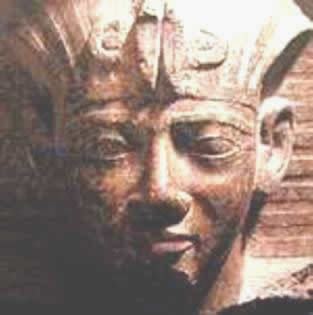 | ||
Reign 360–342 BC (30th Dynasty) Similar People Nectanebo I, Artaxerxes II of Persia, Artaxerxes I of Persia, Parysatis II, Khafra | ||
Nectanebo ii dream cast
Nectanebo II (Manetho's transcription of Egyptian Nḫht-Ḥr-Ḥbyt, "Strong is Horus of Hebit"), ruled in 360—342 BC) was the third and last pharaoh of the Thirtieth Dynasty of Egypt as well as the last native ruler of ancient Egypt.
Contents
- Nectanebo ii dream cast
- Nectanebo ii
- Portraits
- Rise to power
- Reign
- Nectanebo and the Alexander Romance
- References
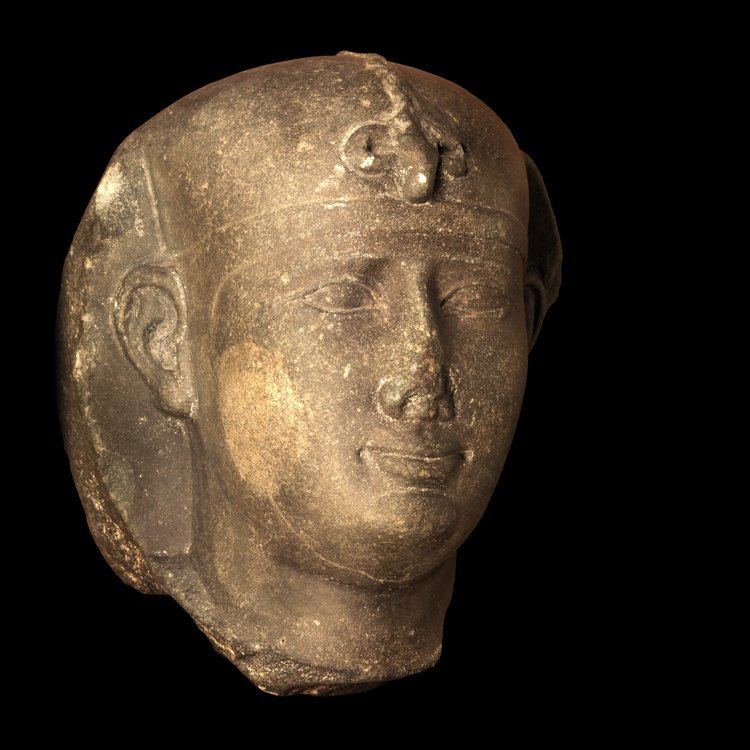
Under Nectanebo II, Egypt prospered. During his reign, the Egyptian artists delivered a specific style that left a distinctive mark on the reliefs of the Ptolemaic Kingdom. Like his indirect predecessor Nectanebo I, Nectanebo II showed enthusiasm for many of the cults of the gods within ancient Egyptian religion, and more than a hundred Egyptian sites bear evidence of his attentions. Nectanebo II, however, undertook more constructions and restorations than Nectanebo I, commencing in particular the enormous Egyptian temple of Isis (the Iseum).
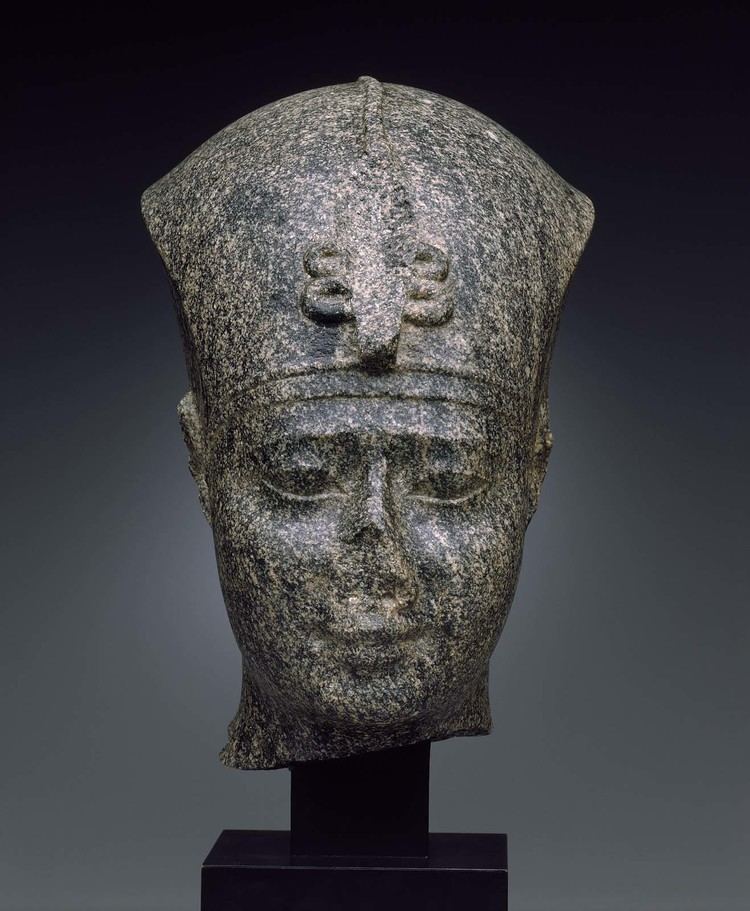
For several years, Nectanebo II was successful in keeping Egypt safe from the Achaemenid Empire. However, betrayed by his former servant, Mentor of Rhodes, Nectanebo II was ultimately defeated by the combined Persian and Greek forces in the Battle of Pelusium (343 BC). The Persians occupied Memphis and then seized the rest of Egypt, incorporating the country into the Achaemenid Empire. Nectanebo fled south and preserved his power for some time; his subsequent fate is unknown.
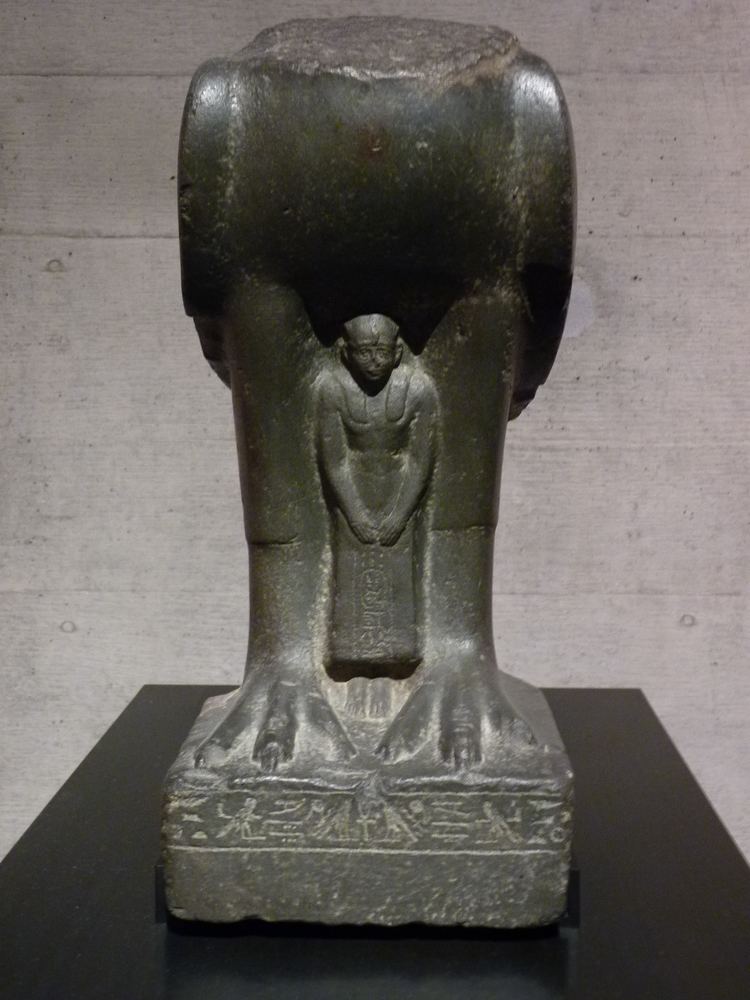
Nectanebo ii
Portraits
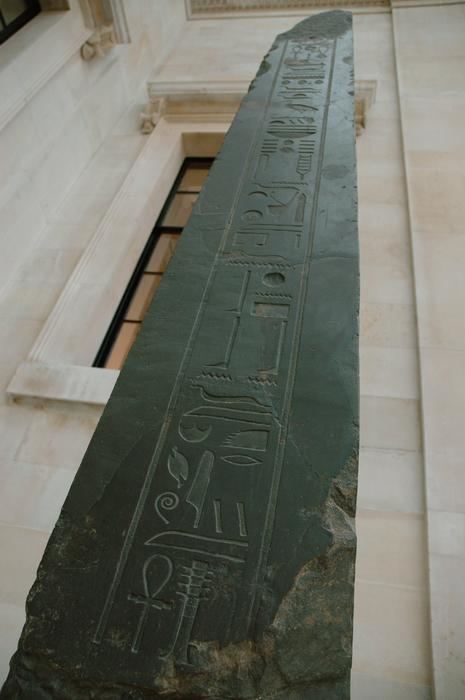
Except for the small-scale greywacke statue in the Metropolitan Museum of Art, which shows Nectanebo II standing before the image of Horus, no other annotated portraits of Nectanebo II are known. In the greywacke statue, Nectanebo II is shown in a nemes and uraeus. His bent arm with the sword stands for the hieroglyph nakht, the falcon represents Horus, while the hieroglyph in Nectanebo's right hand stands for heb. Other portraits attributed to Nectanebo II (all featuring the khepresh) include a quartzite head in the museum of the University of Pennsylvania Museum of Archaeology and Anthropology, a basalt head in Alexandria, a granite head acquired by the Museum of Fine Arts, Boston and a damaged quartzite head.
Rise to power
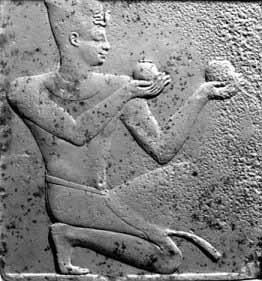
In 525 BC Egypt was conquered by the Achaemenid Empire. Because of internal struggles for the Persian imperial succession, Egypt managed to regain independence in 404 BC. In 389 BC, Pharaoh Hakor negotiated a treaty with Athens and for three years (from 385 to 383 BC) managed to withstand Persian aggression. However, following the conclusion of the Peace of Antalcidas in 387 BC between the Achaemenids and the Greek city-states, Egypt and Cyprus became the only obstacles to Persian hegemony in the Mediterranean.
In the beginning of 360 BC, Nectanebo's predecessor Teos started preparations for war against intruders. In the same year, the Egyptian army set off, traveling along the coast by land and sea. Nectanebo II accompanied his uncle Teos in that campaign and was in charge of the machimoi.
In an attempt to raise finances for the war quickly, Teos imposed taxes on Egyptians and seized temple property. Egyptians, particularly the priests, resented those measures but supported Nectanebo II. Teos asked Spartan military leader Agesilaus and Athenian general Chabrias to preserve support for him. Agesilaus, however, said he was sent to aid Egypt and not to wage war against it. Chabrias returned home with his mercenaries. Teos decided to flee to the Achaemenid court, where he ultimately died of natural causes.
Nectanebo contended with an unnamed pretender to the throne from the town of Mendes, who proclaimed himself pharaoh. The revolt was probably led by one of the descendants of Nepherites I, whose family had ruled the town before. The claimant sent messengers to Agesilaus in an attempt to persuade Agesilaus to his side. Agesilaus remained loyal to Nectanebo, fearing to become a turncoat. At one of the towns in the Nile Delta the troops of Nectanebo and Agesilaus were besieged by the usurper, who had gained many sympathisers. Despite the enemy's numerical superiority, Nectanebo and Agesilaus were victorious and the revolt was put down in the fall of 360 BC. Acknowledging Agesilaus, Nectanebo sent him 220 talents of gold.
Reign
Religion played an important part in Nectanebo's domestic policy. He began his reign by officiating over the funeral of an Apis bull in Memphis. There Nectanebo added a relief decoration to the eastern and western temples of Apis. Among notable sanctuaries, erected under Nectanebo II, are a temple of Khnum in Abu and a temple of Amun at Sekhtam. He also dedicated a diorite naos to Anhur-Shu (a fragment of it was found in the temples of Tjebnutjer). Nectanebo II was responsible for the increasing popularity of the Buchis cult. Under Nectanebo II a decree, forbidding the stone quarrying in the so-called Mysterious Mountains in Abydos, was issued.
Foreign affairs under Nectanebo II were thwarted by repeated Achaemenid attempts to reoccupy Egypt. Before the accession of Nectanebo II to the throne, Persians attempted to reclaim Egypt in 385, 383, and 373 BC. Nectanebo used the peace to build up a new army and employed Greek mercenaries, which was a usual practice at the time. In about 351 BC the Achaemenid Empire embarked on a new attempt to reclaim Egypt. After a year of fighting, Nectanebo and his allied generals, Diophantus of Athens and Lamius of Sparta, managed to defeat the Achaemenids. Having scored a resounding victory, Nectanebo II was acclaimed "Nectanebo the divine falcon" by his people and cults were set up in his name.
In 345/44 BC Nectanebo supported the Phoenician rebellion against the Achaemenid Empire led by the king of Sidon, Tennes, and dispatched military aid in the form of 4000 Greek mercenaries, led by Mentor of Rhodes. However, having heard of the approach of the forces of Artaxerxes III, Mentor opened communication with the Persians in collusion with Tennes.
At the end of 344 BC, ambassadors of Artaxerxes III arrived in Greece asking for the Greeks' participation in a campaign against Egypt. Athens and Sparta treated the ambassadors with courtesy, but refrained from concluding an alliance against Egypt. Other cities, however, decided to support the Persians: Thebes sent 1000 hoplites and Argos 3000.
In the winter of 343 BC, Artaxerxes set off for Egypt. The Egyptian army, headed by Nectanebo, consisted of 60,000 Egyptians, 20,000 Libu and as many Greek mercenaries. In addition Nectanebo had a number of flat-bottomed boats to prevent an enemy from entering the Nile mouths. The vulnerable points along his Mediterranean sea border and east boundary were protected by strongholds, fortifications and entrenched camps. Persian forces were strengthened by Mentor and his men, well acquainted with the eastern border of Egypt, and by 6000 Ionians.
Nectanebo II was ultimately defeated and, in the summer of 342 BC, Artaxerxes entered Memphis and installed a satrap. Nectanebo fled to Upper Egypt and finally to Nubia, where he was granted asylum. He, however, preserved a degree of power there for some time. With the help of Khabash, Nectanebo made a vain attempt to regain the throne.
Nectanebo and the Alexander Romance
There is an apocryphal tale appearing in the pseudo-historical Alexander romance that details another end for the last native pharaoh. Soon after Alexander the Great's godhood was confirmed by the Libyan Sibyl of Zeus Ammon at the Siwa Oasis, a rumor was begun that Nectanebo II, following defeat in his last battle, did not travel to Nubia but instead to the court of Philip II of Macedon in the guise of an Egyptian magician. There, while Philip was away on campaign, Nectanebo convinced Philip's wife Olympias that Amun was to come to her and that they would father a son. Nectanebo, disguising himself as Amun, slept with Olympias and from his issue came Alexander.
This myth would hold strong appeal for the Egyptians, who desired continuity and harbored a strong dislike for foreign rule. In art of this event, Nectanebo is usually depicted as having dragon-like features, for example in the Speculum Historiale.
In the early Ptolemaic tale of Nectanebo and Petesis, only preserved in a Greek fragment from the Memphis Serapeum, the Pharaoh has a prophetic dream of Isis in which the god Onuris is angry with him because of his unfinished temple in Sebennytos. Nectanebo calls in the best sculptor of the realm, Petesis, to finish the job, but he bungles his assignment when he gets drunk and chases a beautiful girl instead. The narrative ends abruptly here, but this is probably the preface to the fall of Egypt. Al-Biruni's A History of India reproduces the story.
